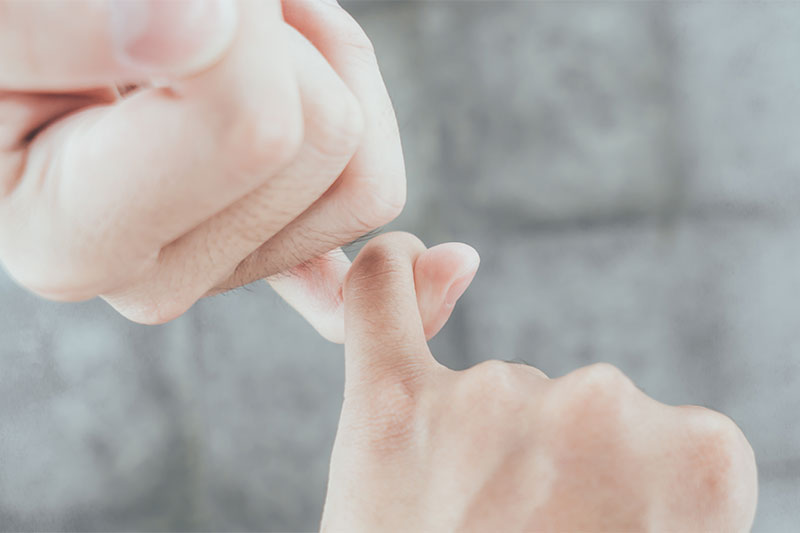
When it comes to grip strength, most people might underestimate the power of their pinky finger. Despite the common belief that the pinky contributes half of our grip strength, research shows that it’s closer to a third, which is still impressive for such a small digit.
Studies have found that the pinky and ring finger together account for approximately 54% of grip strength, with the pinky contributing 33% of that total. This makes the pinky the strongest of all five fingers in terms of grip strength and deserves more appreciation.
The pinky’s strength can be attributed to the unique anatomy of our hands. The muscles responsible for grip strength are located in the forearm, and the tendons that connect these muscles to the fingers pass through the carpal tunnel. The pinky and ring fingers share a common muscle-tendon unit, providing additional strength when working together. This also explains why the pinky and ring fingers are typically more challenging to move independently than the other fingers.
This newfound respect for the pinky may change our view of its importance in daily tasks and athletic activities. For instance, rock climbers and weightlifters can better understand the role of the pinky in maintaining a strong grip and might consider training their pinky finger to improve overall performance. Additionally, musicians who rely on their fingers to play instruments can appreciate the pinky’s contribution to their craft.
In conclusion, the pinky finger may be small, but it plays a significant role in our grip strength. It’s time to give this little powerhouse the recognition it deserves and perhaps even celebrate it with a well-earned ring or two.
Article sources:
Li, Z. M., & Nimbarte, A. D. (2011). A Biomechanical Perspective on Hand Coordination. In A. Freivalds (Ed.), Biomechanics of the Upper Limbs: Mechanics, Modeling, and Musculoskeletal Injuries (2nd ed., pp. 423-442). CRC Press/Taylor & Francis. doi: 10.1201/b10683-20
Li, Z. M., Zatsiorsky, V. M., & Latash, M. L. (2000). Contribution of the extrinsic and intrinsic hand muscles to the moments in finger joints. Clinical Biomechanics, 15(3), 203-211. doi: 10.1016/S0268-0033(99)00061-3


